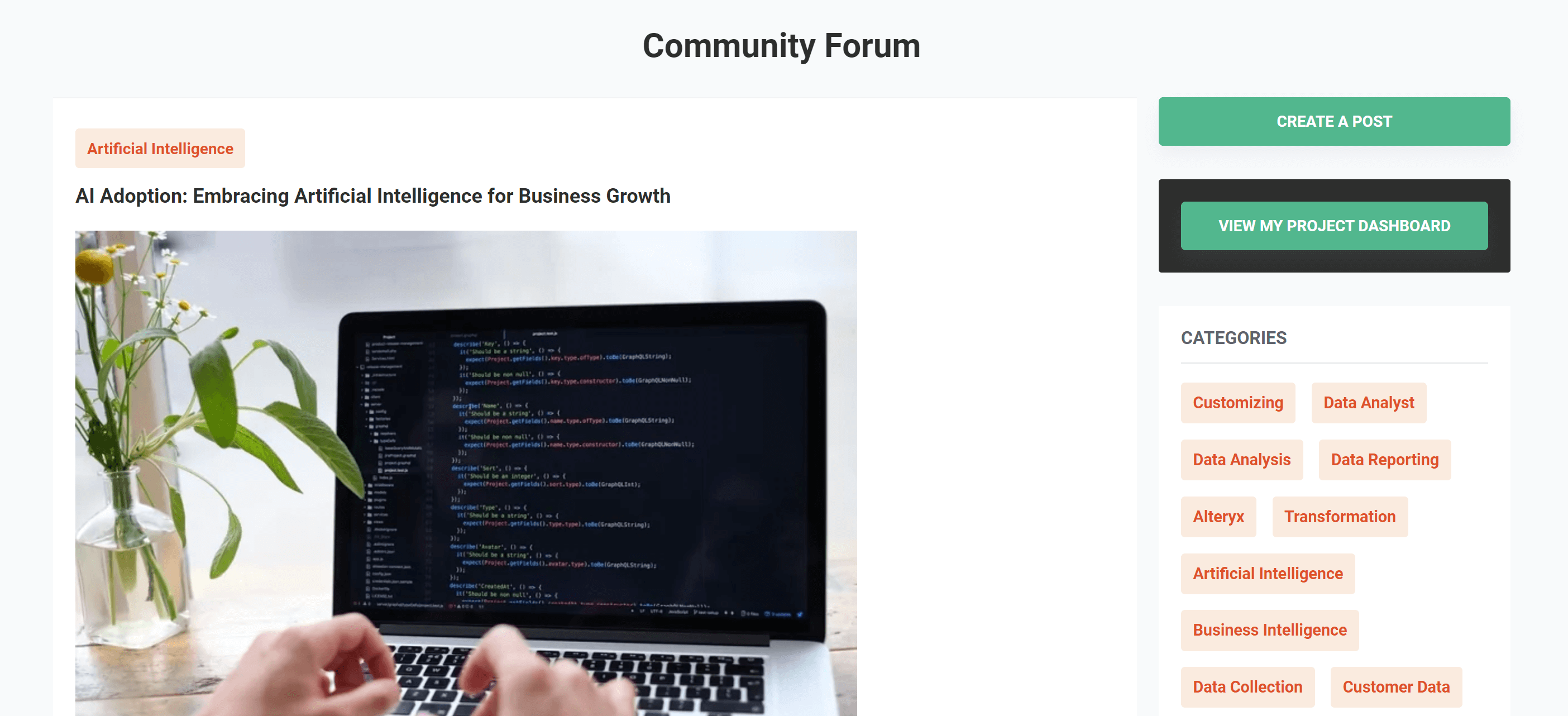Best Practices for Managing and Governing Data Assets

In today’s digitalised economy, where data plays the starring role, efficient management of this invaluable resource is critical. As reliance on data-driven decision-making intensifies, data governance emerges as a key strategy for businesses worldwide. By ensuring the quality, security, and privacy of a company’s data assets, effective data governance allows businesses to confidently navigate the complexities of the digital landscape.
Understanding Data Governance
Data governance is the comprehensive management of data availability, usability, integrity, and security within an enterprise. It provides a system of decision rights and accountabilities for information-related processes, carried out according to agreed-upon models. These models outline who can take what actions with what information, when, under what circumstances, and using what methods. Put simply, data governance ensures that the right people have the right data at the right time, and they’re using it in the right way. It is the linchpin that enables data to be harnessed effectively to drive business growth and innovation.
Best Practices for Effective Data Governance
Establish Clear Data Governance Structure
The foundation of an effective data governance programme lies in its organisational structure. Establishing a clear governance structure involves setting up a dedicated team or committee responsible for managing the data governance initiative. This team, often referred to as the Data Governance Council or Steering Committee, should be cross-functional, including representatives from different departments.
Having such a diverse team ensures that all perspectives, whether they are legal, technical, business, or operational, are considered in the governance model. Furthermore, a clearly defined hierarchy and allocation of responsibilities promote accountability and allow for a more efficient decision-making process. Ensuring there is an executive sponsor or a chief data officer (CDO) who champions the data governance cause at the board level can also be instrumental in its success.
Define Clear Policies and Procedures
Once the governance structure is in place, the next critical step involves defining clear policies and procedures. These should outline how data is to be handled within the company, covering aspects like data collection, storage, usage, sharing, and deletion. The policies should be informed by a deep understanding of the business strategy, legal requirements, and industry standards.

This process not only ensures consistency in how data is treated across the organisation but also establishes expectations for employees and stakeholders. Furthermore, having well-defined policies can help protect the company from legal complications, financial loss, and reputational damage that could stem from inappropriate data handling. These policies and procedures should be documented, regularly updated, and made available to all employees.
Implement Robust Data Security Measures
Given the increasing frequency and sophistication of data breaches, implementing robust data security measures is non-negotiable in any data governance strategy. Companies need to protect their data assets through a variety of methods, such as encryption, strong passwords, multi-factor authentication, and network security.
A comprehensive data security strategy should also include provisions for regular security audits, intrusion detection systems, and incident response plans. Importantly, data security is not a one-time task but an ongoing process that needs to evolve continually in response to emerging threats and vulnerabilities.
Regular Auditing and Compliance Checks
Audits and compliance checks form a crucial component of data governance, helping ensure that the prescribed policies and procedures are being adhered to. Regular auditing helps identify any areas of non-compliance and address them promptly. Besides internal audits, organisations may also benefit from third-party audits for an unbiased evaluation of their data governance framework.
Compliance checks also become especially critical in sectors with stringent regulations, like finance or healthcare. These checks can ensure that the organisation’s data practices align with the regulations like GDPR, CCPA, HIPAA, among others, thereby mitigating the risk of legal penalties and reputational harm.
Foster a Culture of Data Stewardship
While having the right processes and technology in place is crucial, fostering a culture of data stewardship can be a game-changer in ensuring effective data governance. Data stewardship emphasises that every individual in the organisation has a role to play in ensuring the proper handling and use of data.

This cultural shift can be facilitated through regular training and education, promoting transparency, and rewarding good data practices. Over time, this can lead to an organisation-wide respect for data, leading to better data practices and ultimately, more effective data governance.
Start Your Data Governance Journey with Confidence
Implementing data governance can seem like a daunting task. However, with these best practices, your organisation can start on the path to effective data governance with confidence. The benefits of well-governed data – enhanced decision-making, improved compliance, increased operational efficiency – are well worth the effort.
Still, if the journey seems overwhelming, or you would like to ensure the highest level of expertise guiding your data governance initiative, we at Pangaea X are ready to assist. Our platform connects businesses with top data freelancers globally. Whether you need support in setting up a data governance framework, require a data audit, or need a strategic data consultation, we have the right expert for you.
Explore the talent pool here at Pangaea X today, and let us guide your data governance journey to success.
Get your data results fast and accelerate your business performance with the insights you need today.



